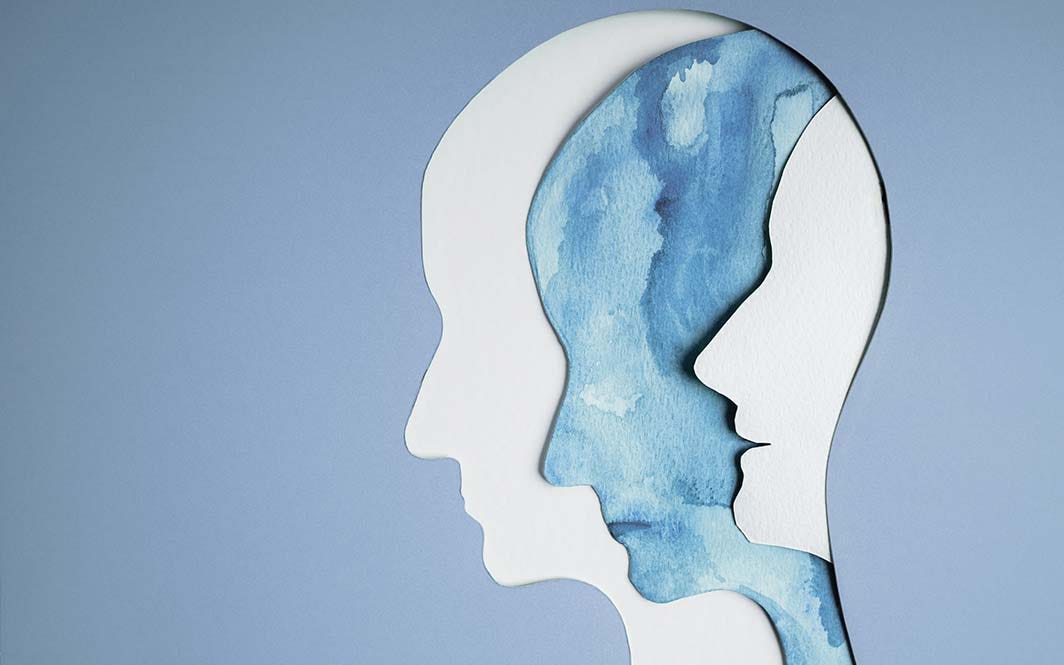Not-Me Exercise #1
Carefully observe a painful thought written on a piece of paper
For this exercise we need a thought. Ideally, a persistent thought—and better yet one that’s been bothering you. You probably already know a good one, but just in case I’ll give you a few examples:
I’m worthless
I’ve let people down
I don’t think I can go on
I’m so weak
I’m a failure
There must be something wrong with me
I’ve taken this list of painful thoughts directly from “The Mindful Way Workbook,” which I highly recommend if you are interested in a mindfulness-based approach to emotional distress (there is some interesting overlap with ACT, which we’ll talk about later).
It is worth noting that experiencing the above thoughts is a virtually universal feature of depression—just like having the belief that things will never get better. That’s why you can find them listed in the Mindful Way. These thoughts are not unique to you, me, or anyone else. We all experience them.
Okay. Now for the tricky part: we want to try to “catch” the thought in the wild.
You’re going to have to wait a bit (or maybe not; I can’t say), so you can notice the thought at the precise moment it occurs. For this exercise you’ll also need a piece of paper and a pencil, so while you’re waiting for the thought, go equip yourself accordingly.
Has it happened yet?
Wait for your unpleasant thought to show up and…did you miss it? It’s okay. I’m sure it’ll come back. Just keep waiting, but this time notice that you’re having the thought and then quickly write it down on your piece of paper (assuming it’s safe to do so; please don’t do this if you happen to be driving).
I recommend writing the thought down in relatively large letters—maybe an inch high or so, on your piece of paper.
Now: this is important! Take the unpleasant thought you’ve just written down on your piece of paper and put it on the nearest surface—a table would be great, but the floor will do.
Okay.
Back up a little. Put some distance between yourself and the unpleasant thought. Five feet, let’s say. Maybe ten would be better. Hopefully you’ve written the thought in letters big enough to see.
Now, carefully, carefully…regard the words you’ve written down on that piece of paper.
Watch them. Notice them. Observe them. Study them.
Are those words you?
It’s an important question. I feel like, in this context, we have some credible evidence that those words, on that piece of paper, on the table or perhaps the floor, are not in fact you.
I say this because if you, over here, are regarding the thought, over there, there would seem to be a physical gap between you, which implies some sort of degree of separation.
Okay, maybe it’s a trick question. Maybe something magical happens when the words move from inside your head to a piece of paper. Maybe the words started out as you, but stopped being you, when they hit the paper?
That’s probably something we should investigate further.



